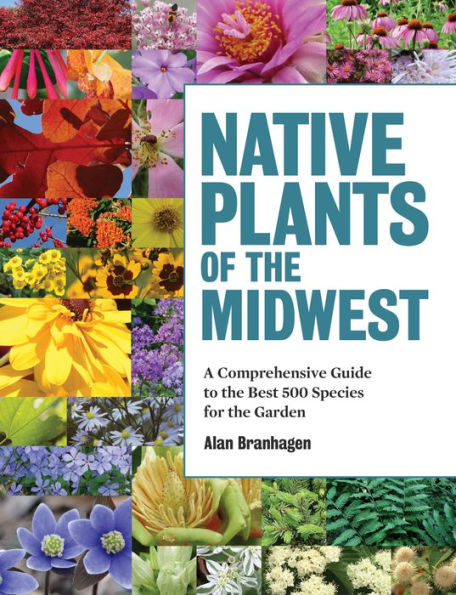5
1

Native Plants of the Midwest: A Comprehensive Guide to the Best 500 Species for the Garden
440
Native Plants of the Midwest: A Comprehensive Guide to the Best 500 Species for the Garden
440
50.0
In Stock

Product Details
| ISBN-13: | 9781604695939 |
|---|---|
| Publisher: | Timber Press, Incorporated |
| Publication date: | 11/16/2016 |
| Pages: | 440 |
| Sales rank: | 639,798 |
| Product dimensions: | 8.10(w) x 10.60(h) x 1.40(d) |
About the Author
From the B&N Reads Blog





























